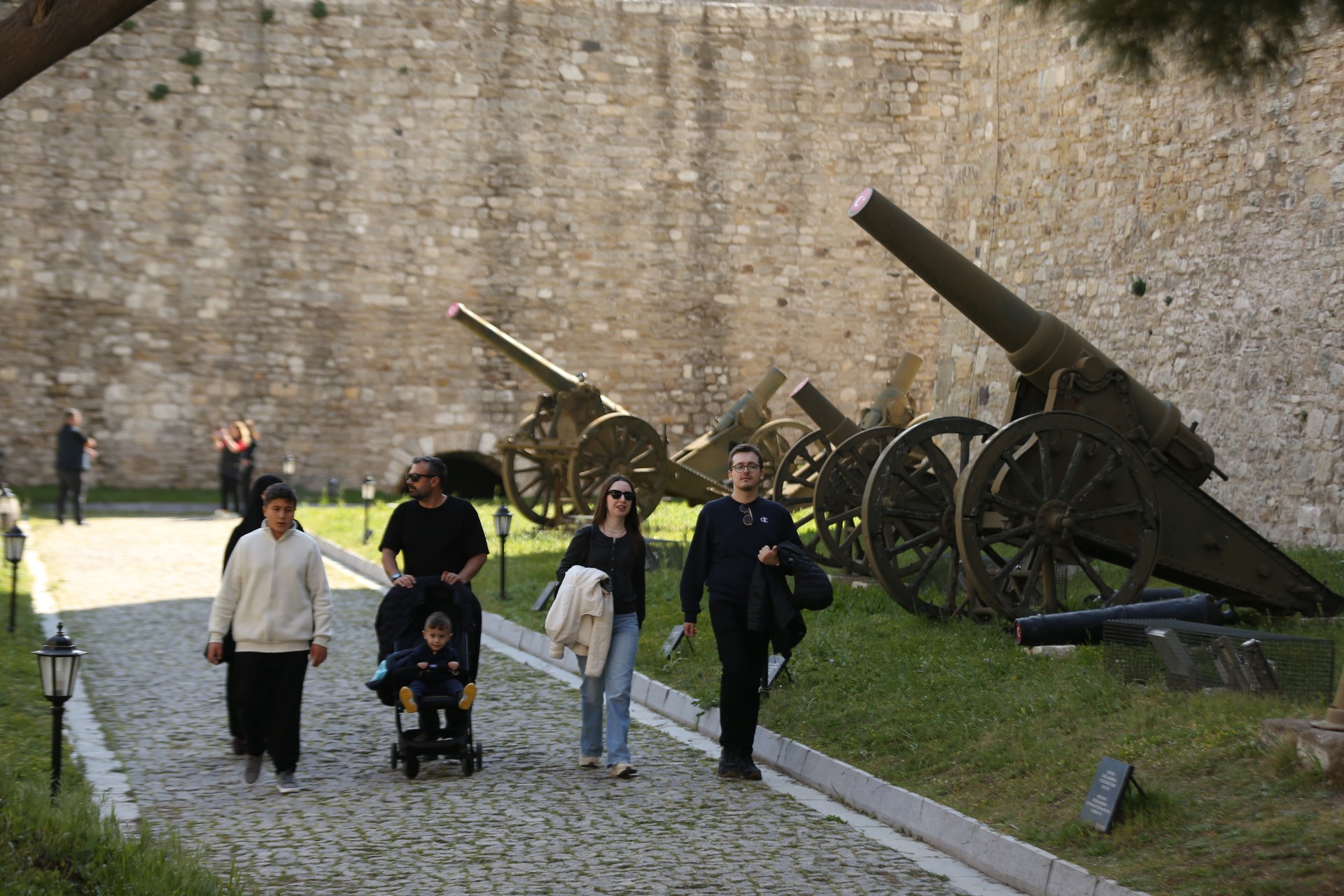
One of the most distinguished military naval museums in Türkiye, the Canakkale Naval Museum, offers visitors an immersive experience enriched with interactive exhibits, animations, voiceovers, music, and lighting effects.
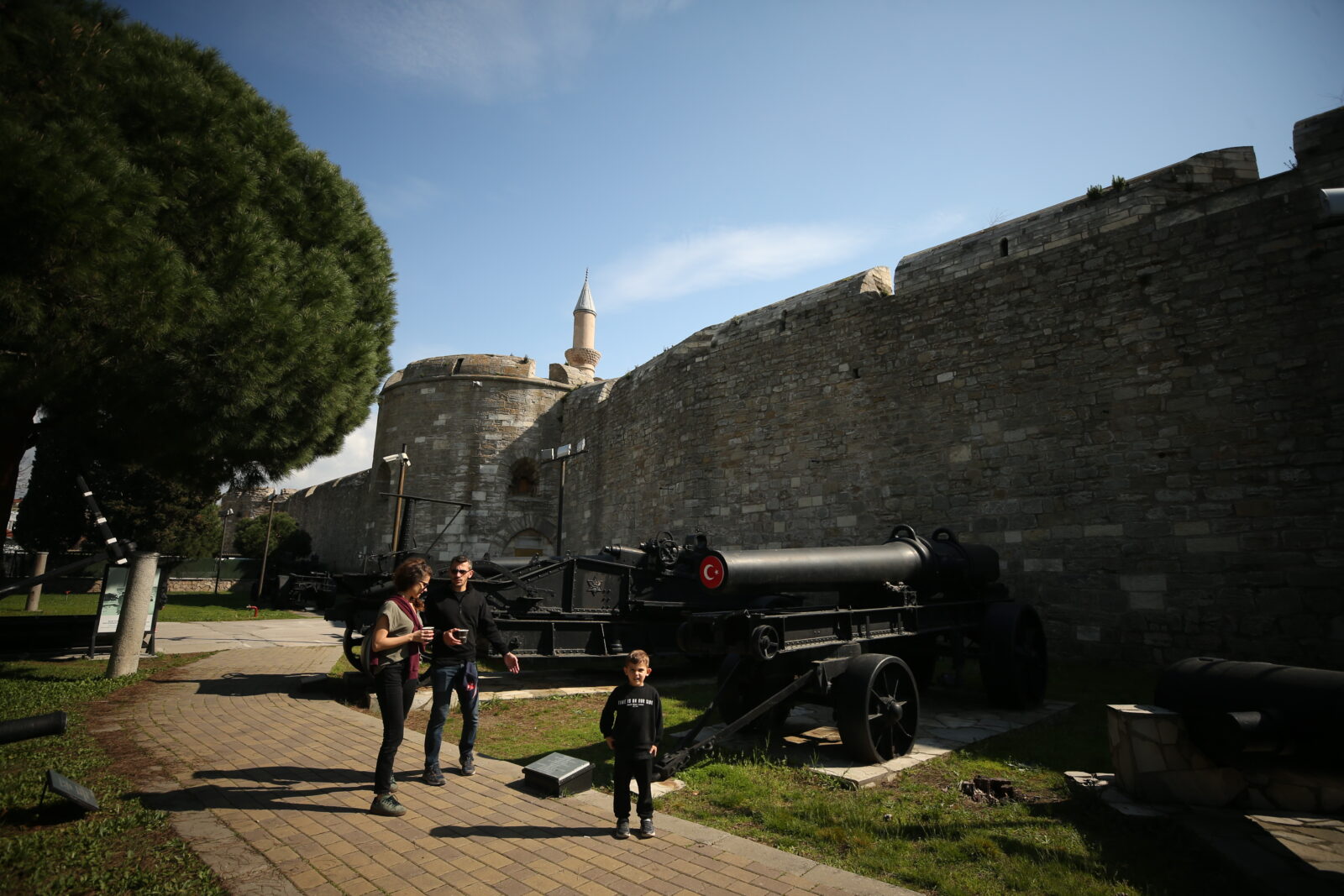
Located within Cimenlik Castle, built by Sultan Mehmed II between 1462 and 1463, the Canakkale Naval Museum takes visitors on a historical voyage through its extensive collection.
The museum features both indoor and outdoor exhibition spaces, including Cimenlik Castle, the Piri Reis Gallery, Major (rank) Nazmi Bey Art and Exhibition Hall, the TCG Nusret Museum Ship, the Ulucalireis Submarine Museum, the Acar Boat, and the Kartal Steam Tug.
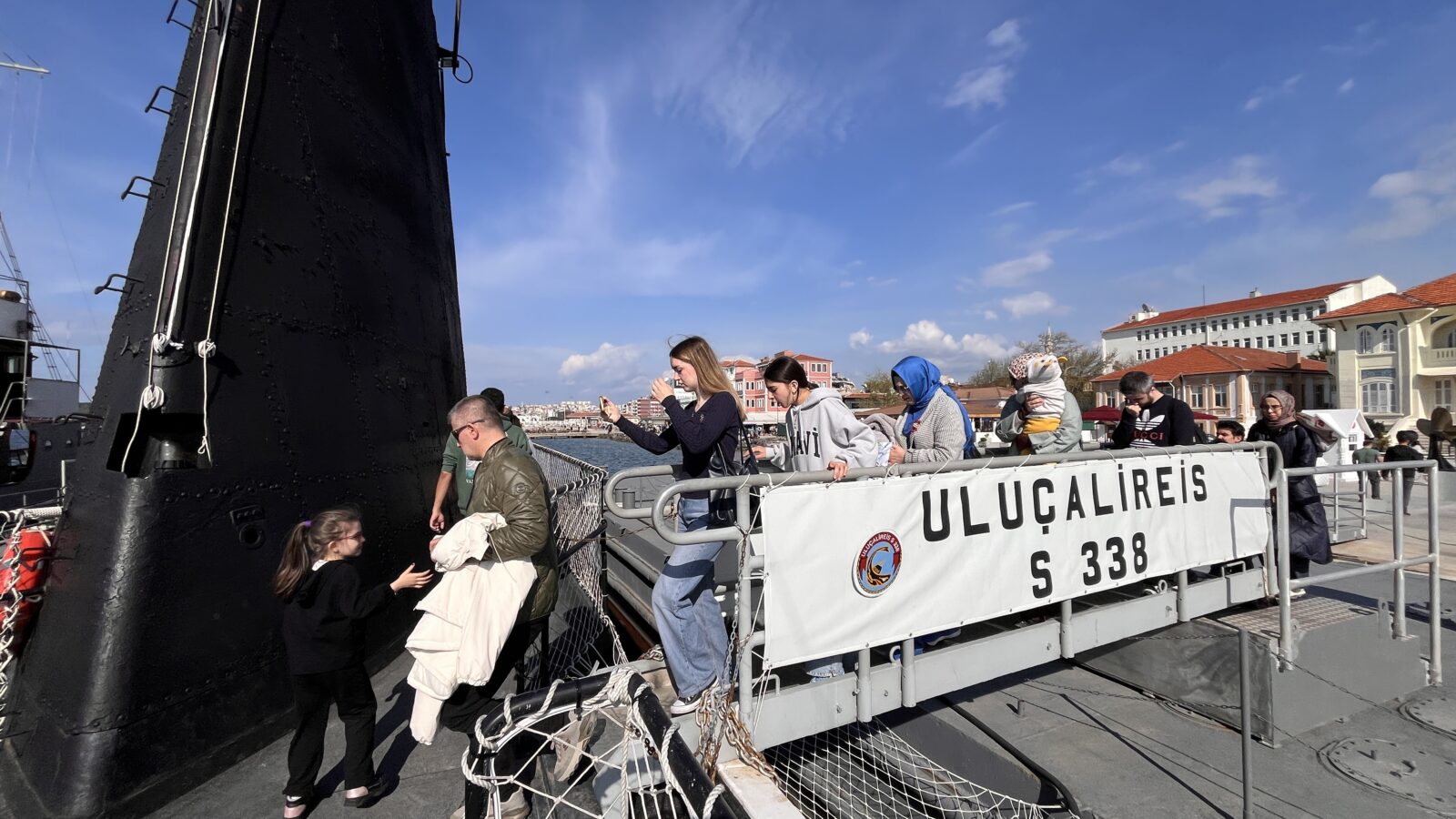
Cimenlik Castle holds special significance as the place where Ottoman admiral and cartographer Piri Reis wrote part of his famous work, Kitab-i Bahriye. A wax statue of Piri Reis alongside Sultan Mehmed II is displayed here, adding to the museum's historical allure.
Among the intriguing exhibits is a periscope rifle, developed to aid soldiers who could not raise their heads above the trenches during the Canakkale battles. Additionally, visitors can see one of the world's oldest known weapons—a kukri dagger used by Gurkhas and Indian troops fighting for the Allied Forces.
One of the museum’s most prized artifacts is the camera used by Staff Officer Haydar Mehmet Alganer to capture an iconic photograph of Mustafa Kemal Ataturk at Duztepe during the Canakkale battles.
Alganer, who served as chief of staff under the 1st Army Corps, documented the war’s most intense moments in his diary, supported by powerful photographs.
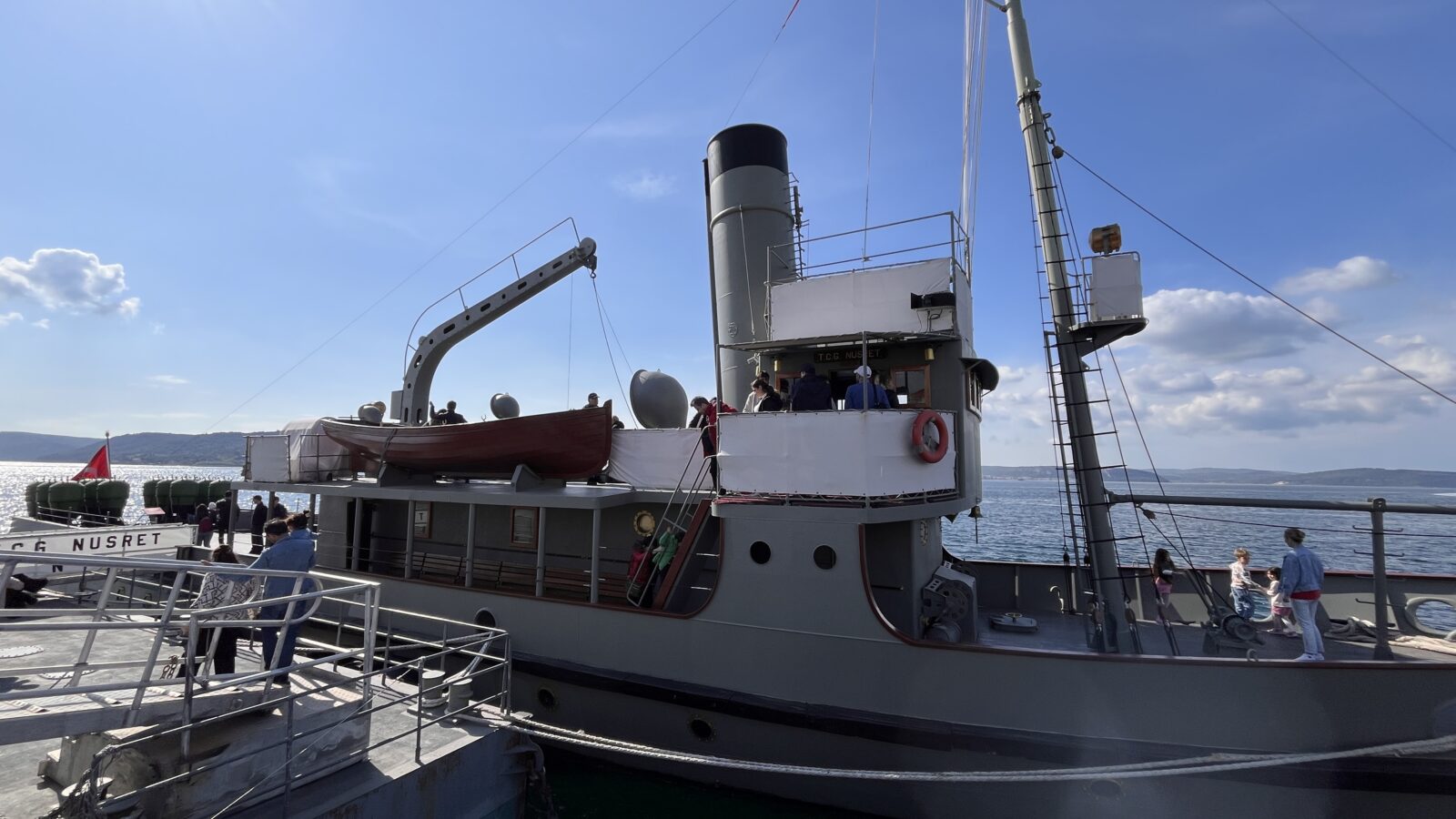
The museum also features rare audio recordings of Canakkale War veterans narrating their personal experiences. Wax figures of war heroes Mehmet Oral from Akca village and Ismail Ovalicavus from Karabey village accompany the recordings, preserving their voices for future generations.
On the second floor of the castle, visitors can explore the evolution of the Turkish navy from Emir Caka Bey’s establishment of the first Turkish fleet in 1081 to the founding of the Republic. An entire hall is dedicated to the legendary Ottoman admiral, Kaptan-i Derya Barbaros Hayrettin Pasha, showcasing his naval achievements.
The Canakkale War’s ferocity is further illustrated by a stunning display of bullets that collided mid-air—a phenomenon occurring once in 160 million instances. These artifacts, encased in glass with magnification for detailed viewing, offer a tangible sense of the battlefield’s chaos.
Another striking exhibit is an artillery shell fired from the British battleship Queen Elizabeth on March 18, 1915, which struck Cimenlik Castle. The shell remains on display in the castle’s outer courtyard.
The museum’s Major (rank) Nazmi Bey Art and Exhibition Hall houses a special collection of 97 paintings by Captain Mehmet Ali Laga, who served as a military painter during the Canakkale battles from 1914 to 1918.
The upper floor of this hall is dedicated to the Ulucalireis Submarine, featuring various submarine artifacts and memorabilia.
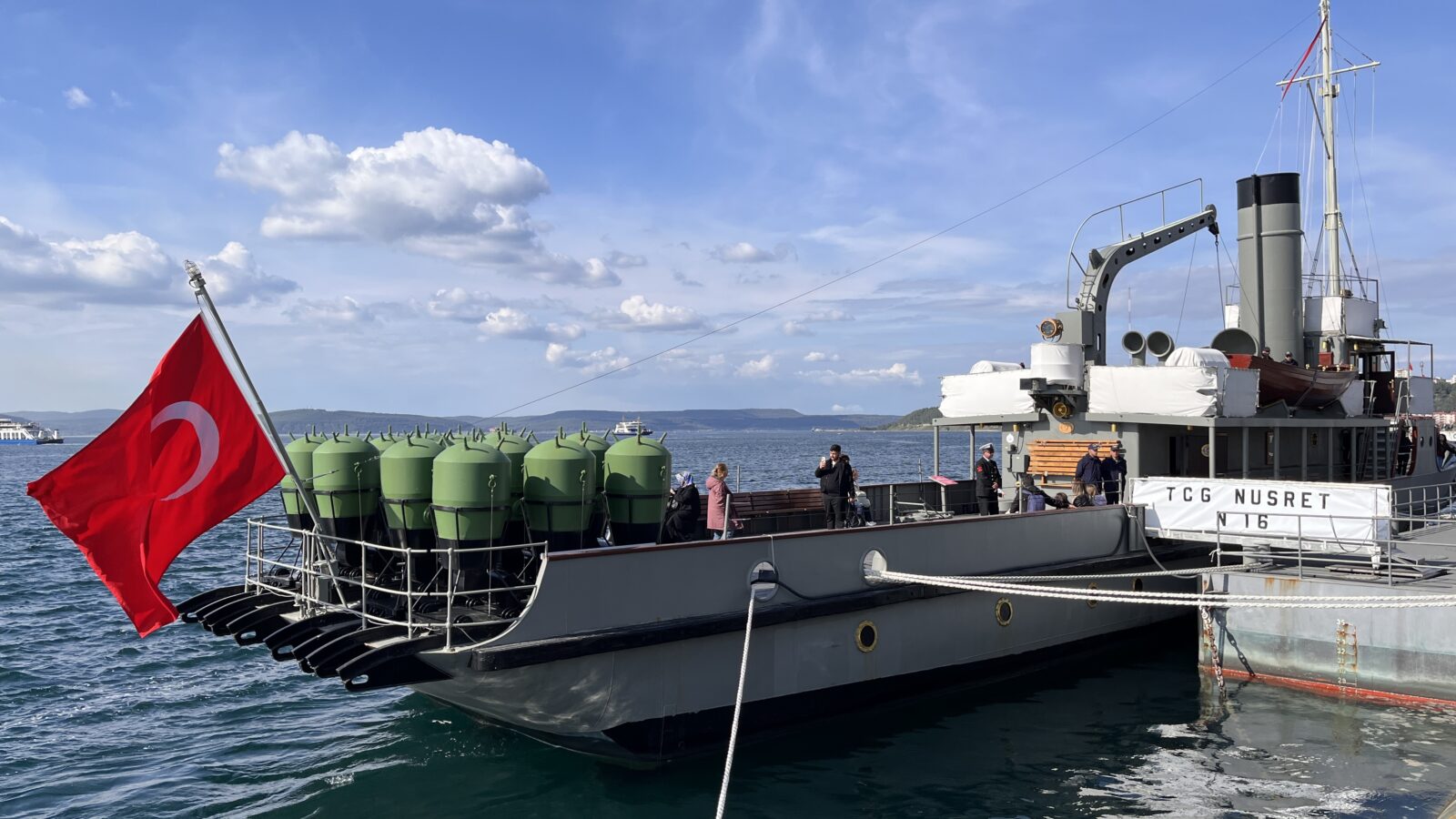
To commemorate the heroic Nusret Mine Ship, a replica, TCG Nusret N-16, was constructed at the Golcuk Shipyard Command between 2009 and 2010.
This vessel, along with Türkiye’s first submarine museum, Ulucalireis, as well as Acar Boat and Kartal Steam Tug, stands as the must-visit highlight of the museum.
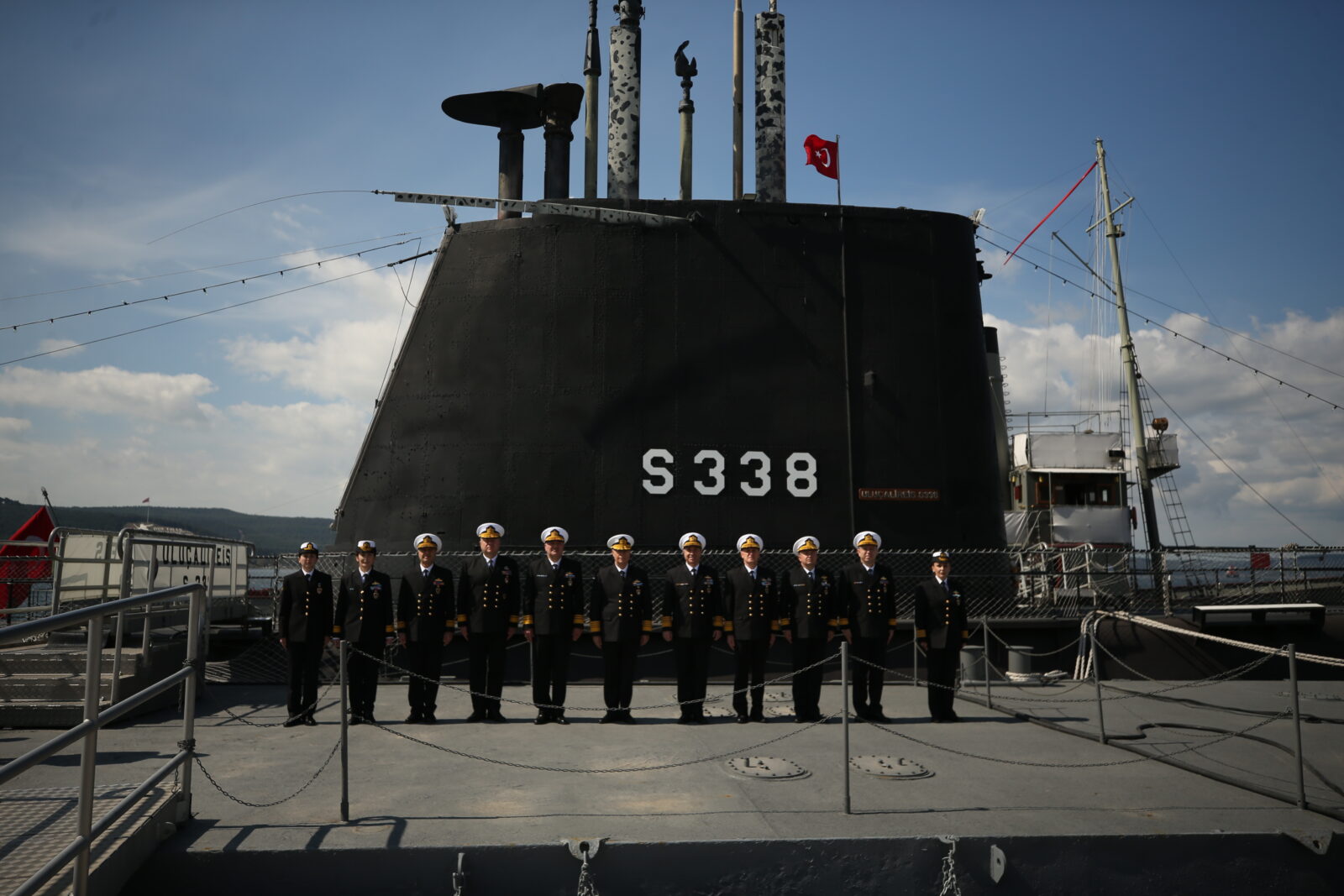
Naval Forces Commander Admiral Ercument Tatlioglu recently visited the Canakkale Naval Museum ahead of a memorial ceremony for 81 submariners who perished aboard Dumlupinar, which sank after colliding with a Swedish-flagged vessel on April 4, 1953, and the 39 crew members lost on Atilay, which sank in Morto Bay on July 14, 1942.
Tatlioglu also observed the rehearsal of 12 submarines set to participate in the ceremony.
Museum Commander Colonel Serhan Aras emphasized that the Canakkale Naval Museum, spanning 72 acres, was initially established as a Military Museum Directorate in 1982 before being designated as a first-class military museum in 2002.
"With its rich collection and immersive exhibits, the museum welcomes around 450,000 visitors annually," Aras stated. "From the legendary Nusret Mine Ship to the historic Cimenlik Castle—built under Sultan Mehmet the Conqueror’s orders—our museum offers an unforgettable journey through Türkiye’s naval history. We invite all visitors, especially the young generations, to experience this living testament to our maritime heritage. Canakkale Naval Museum is not only a historic site but also a sacred ground that withstood the flames of war."
As one of Türkiye’s most significant military museums, the Canakkale Naval Museum continues to preserve and present the nation’s rich naval history, offering a powerful and educational experience for all visitors.